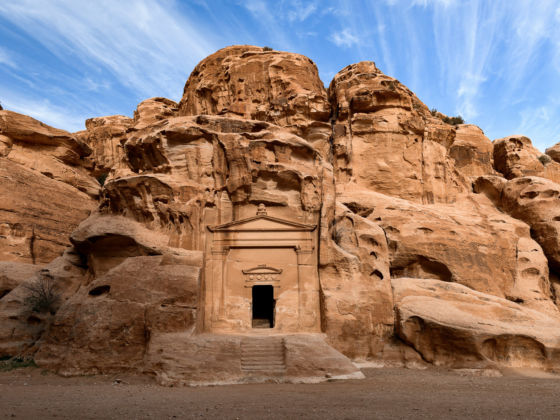PETRA IS ALREADY ONE OF THE MOST beautiful and mystifying places in the world, but the Jordanian heritage site just got a little bit more mysterious. Archaeologists, using satellite and drone imagery, have discovered a new monument that’s approximately the size of an Olympic swimming pool “hiding in plain sight.”
The finding is part of a relatively new trend in archaeology that uses satellite imagery and drone photography (coupled with the more typical surveying techniques) to identify underground historical sites that are hard to see from level ground, but are much easier to make out from above. Christopher Tuttle, one of the archaeologists that discovered the new monument, believes that some other excavator or archaeologist had to have known about the site at some point, but must not have made any note of it.
